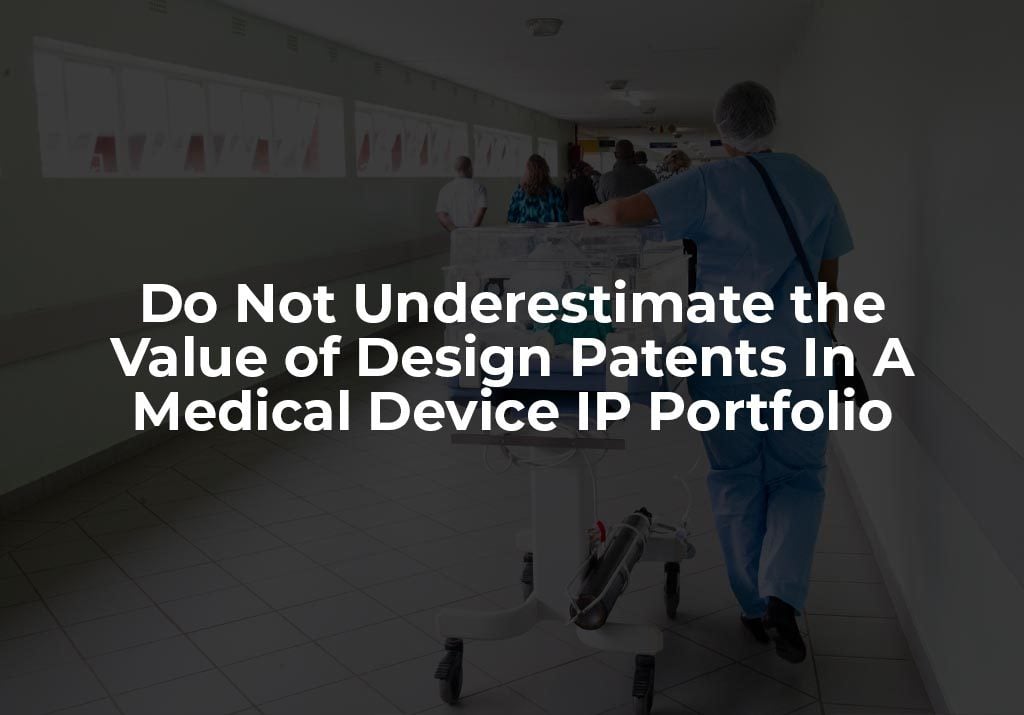The US Patent Act allows inventors to patent many types of inventions. In general, 35 U.S.C. §101 covers what are generally called “utility” patents and §171 governs what are called design patents. With respect to new medical devices, many inventors underestimate the value and patentability of design features that go beyond aesthetics of their medical device innovations. Because the medical industry deals with the human anatomy and the attendant dangers of surgery and invasive procedures, design is crucial and may have patentable value. The design of a medical device can make use of the device safer and easier and/or the device could be designed to fit a particular part of the body’s anatomy.
Medical Devices: Legal Principles of Design Patents
Design matters, and it can be patentable. The most famous recent case involving design patents is the long-running legal battle between Samsung and Apple over the shape of their respective smartphones. Apple’s first iPhone came out in 2007. Apple sought and obtained several design patents including a patent covering a black rectangular front face with rounded corners, patent covering a rectangular front face with rounded corners and a raised rim, and a patent covering a grid of 16 colorful icons on a black screen. Apple has used these patents to force other smartphone manufacturers to use other designs. This has provided Apple with a huge competitive advantage.
A portion of the case was subject to review by the United States Supreme Court. The Supreme Court acknowledged that US patent laws “… have long permitted those who invent designs for manufactured articles to patent their designs…”. The Court referenced 35 U.S.C. § 171(a) which provides that a patent is available for a “new, original and ornamental design for an article of manufacture.” Infringement of a design occurs “… if, in the eye of an ordinary observer, giving such attention as a purchaser usually gives, two designs are substantially the same.” Under these legal principles, Apple patented various design elements of its smartphones and has successfully sued Samsung for infringement.
Design Can Make A Medical Device Easier to Recognize
Inventors of medical devices can use the same principles used by Apple to create medical devices with patentable designs. Ornamental designs can be immensely useful in the medical arts, especially when the design plays a role in differentiating one medical device from another. For instance, a unique textured surface of a medical device could help medical professionals know that they are using a Brand X medical device.
Design Also Applies to Electronics and Display Interfaces
In the same manner that Apple was able to patent the design of its smartphone user-interface and display, designs for electronic medical devices can be protected with design patents. Examples would include designs with:
- A larger, easier to read display or user interface on a display.
- A particular array of indicator lights.
- A unique and distinguishable button arrangement on a medical device.
Feel Free to Reach Out To The Rapacke Law Group
If you need more information about design patents for your medical device, contact one of our skilled medical device patent attorneys at The Rapacke Law Group. We offer a free initial consultation to prospective clients and we are ready and available to discuss your medical device invention today.




